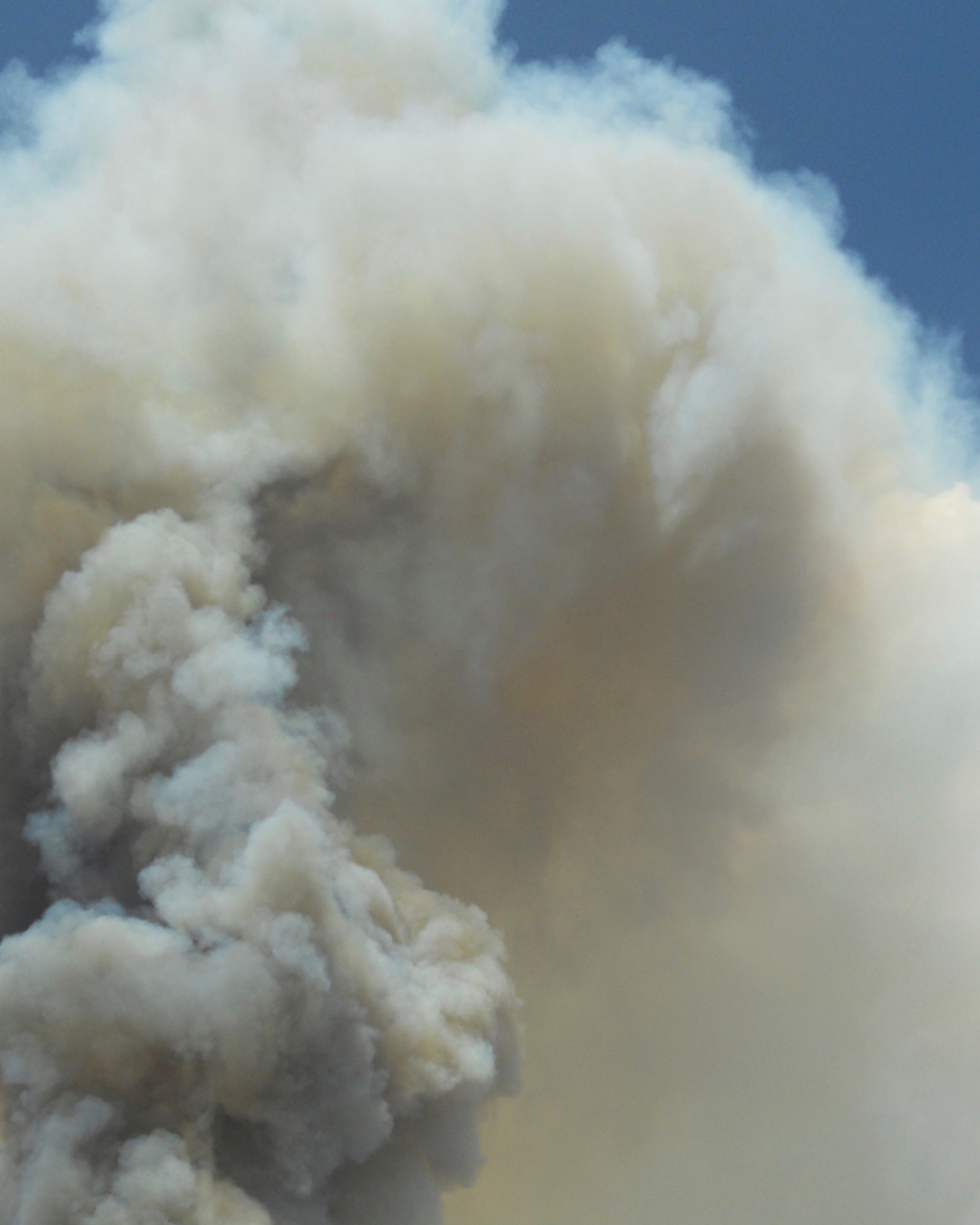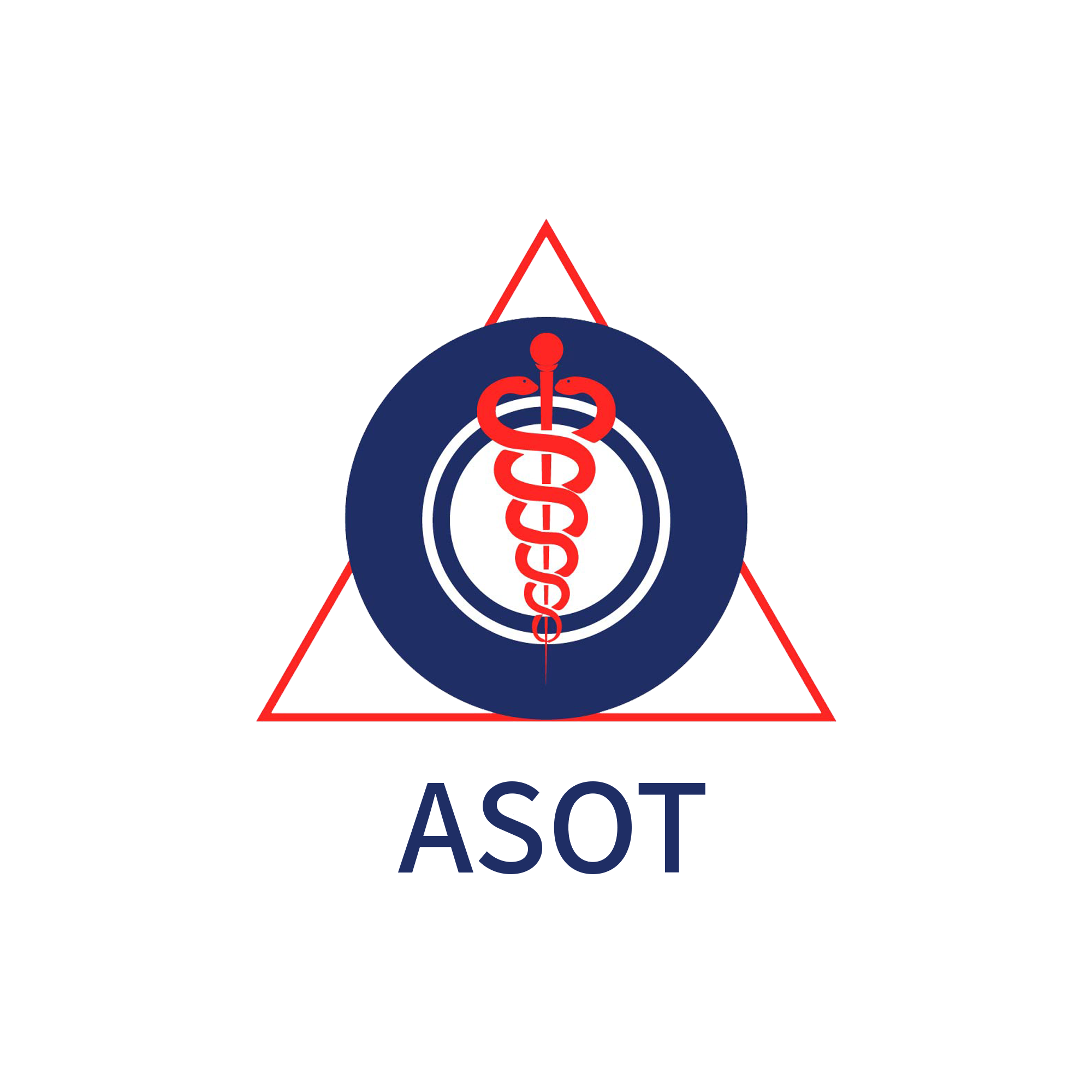
Insa Mannstadt (imm2147@cumc.columbia.edu) and Jennifer Dunnigan (Jennifer.k.dunnigan@uth.tmc.edu) asotadmin
Protect Your Eyes from Wildfire Smoke
Practical Tips and Insights
The crisis stemming from wildfires this past year is far from resolved. Meteorologists warn of the potential for new fire outbreaks due to unpredictable winds, while lingering debris and smoke continue to pose serious health risks to affected communities. Understanding the health risks posed by wildfire smoke is crucial. Wildfire smoke can cause severe ocular irritation and other health issues, making eye protection a key aspect of personal safety. Here’s what you need to know about wildfire smoke and how to protect your eye health.
“Wildfire smoke isn’t just a threat to your lungs—it can seriously harm your eyes. Simple steps like wearing protective eyewear, using lubricating drops, and staying indoors when air quality is poor can help protect your vision” – Dr. James D. Auran, Professor of Ophthalmology at Columbia University Irving Medical Center
The Composition of Wildfire Smoke
Wildfire smoke is a complex mixture of gases, water vapor, and particulate matter, including ultrafine particles (≤ 0.3 microns), PM2.5 (2.5-10 microns), and PM10 (>10 microns). Hazardous substances such as carbon monoxide, formaldehyde, nitrogen oxides, and polycyclic aromatic hydrocarbons are also present. These fine particles are able to penetrate the lungs and mucosal surfaces and pose significant risks to both eye health and respiratory systems.
About the Air Quality Index (AQI) The AQI is a tool to measure air pollution levels and their potential health effects. An AQI above 100 indicates unhealthy conditions, especially for sensitive groups. Stay informed and use AQI updates to adjust your daily activities.
Ocular Symptoms of Smoke Exposure
Smoke exposure can irritate and inflame the eyes, causing symptoms such as:
- Redness, dryness, and excessive tearing
- Burning, itching, and stinging
- Filmy vision and discomfort
For contact lens wearers, smoke particles can accumulate on lenses, amplifying irritation and increasing the risk of infection. Experts recommend avoiding contact lens use during high smoke conditions.
Protective Measures for Eye Health Minimizing exposure to smoke and taking preventive steps can help safeguard your eyes:
- Stay Indoors: Reduce exposure by staying inside during periods of high smoke. Use HVAC systems with high-efficiency filters (MERV 13+), and set them to recirculate mode.
- Wear Protective Gear: Use ANSI Z87.1 safety goggles to shield your eyes from particulate matter.
- Use Lubricating Eye Drops: Relieve dryness and irritation by applying artificial tears.
- Create a Clean Air Room: Use portable air cleaners with high-efficiency filters in a room with minimal windows and doors.
- Monitor Air Quality: Check the Air Quality Index (AQI) daily to guide outdoor activities.
- Limit Smoke in Vehicles: Close windows, use recirculation mode on air conditioners, and avoid prolonged exposure in smoky environments.
Responding to Acute Eye Exposure If your eyes are exposed to wildfire smoke:
- Flush them with cool water or saline solution.
- Avoid rubbing your eyes to prevent further irritation.
- Seek medical attention if symptoms persist or worsen.
Special Considerations for At-Risk Groups Children, older adults, and individuals with pre-existing conditions such as asthma or heart disease are especially vulnerable to the effects of wildfire smoke. These groups should take extra precautions, including creating clean air spaces at home and limiting outdoor activities during poor air quality conditions.
Take Action to Protect Your Vision By understanding the risks of wildfire smoke and implementing these protective measures, you can reduce the impact on your eyes and overall health.
The American Society of Ophthalmic Trauma (ASOT) was founded in 2020 to become a central leader in improving all aspects of national ophthalmic trauma care.
Related Articles
Related
A Shark Tank Spin on an Ophthalmology Conference
“Hi Sharks, today we’re pitching protective eyeglasses…” We are: Fatma, an international resident and global health practitioner working with the United Nations, Evelyn, an international doctor currently pursuing an MPH, and Mary, an ophthalmologist and the lead of...
Links for Funding Cuts – How You Can Help
To directly contact your representatives and senators: https://www.congress.gov/members?q=%7B"congress"%3A119%7D To protect the NIH and preserve the NEI The National Alliance of Eye and Vision Research: NAEVR message to support the NIH and NEI Doheny/Stein/UCLA...
Annual Meeting CME
Join us for a comprehensive educational experience totaling 8.25 hours. The schedule includes: Friday Afternoon: Didactic sessions Saturday Morning: Breakfast round table discussions Saturday: Additional didactic sessions Accreditation and Credit Designation...
